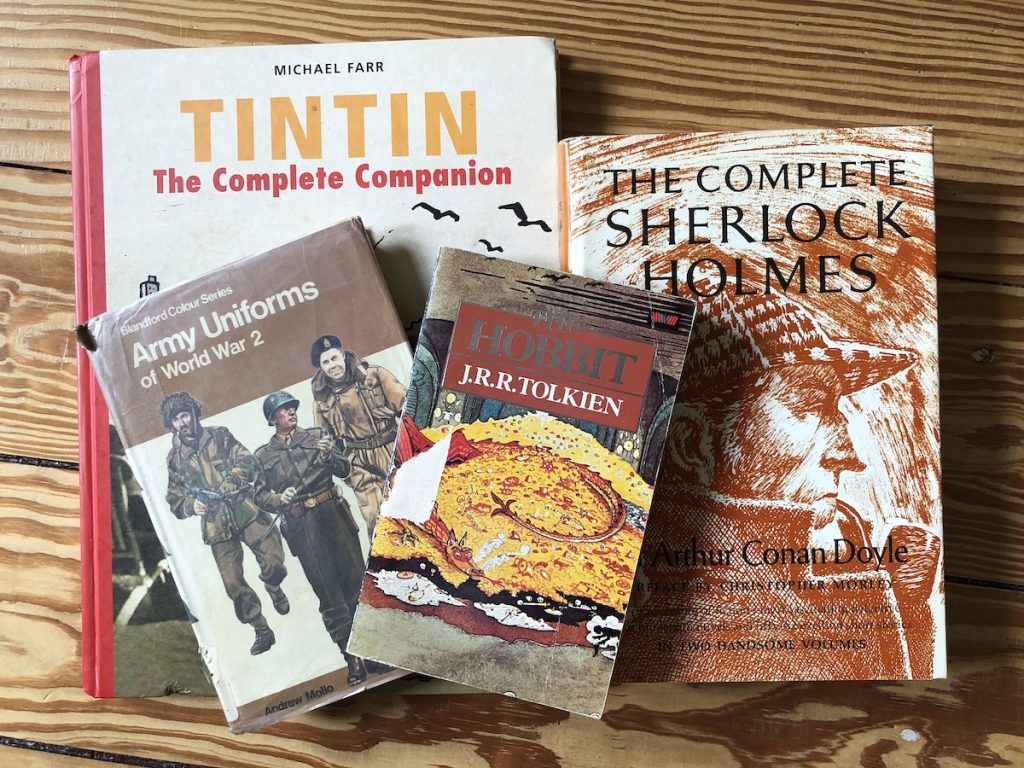
The earliest books I remember borrowing from the public library — over and over again — as a child were on astronomy and World War Two aircraft.
I loved anything about the solar system, especially images from the early Viking landers that went to Mars, and the Voyager probes that ventured to the gas giants and beyond. And I probably knew more about World War Two fighters and bombers than any other six year old in Southern Ontario.
Richard Scarry books were also popular with my young self because of their remarkably detailed illustrations, perhaps foreshadowing my lifelong love of a good atlas.
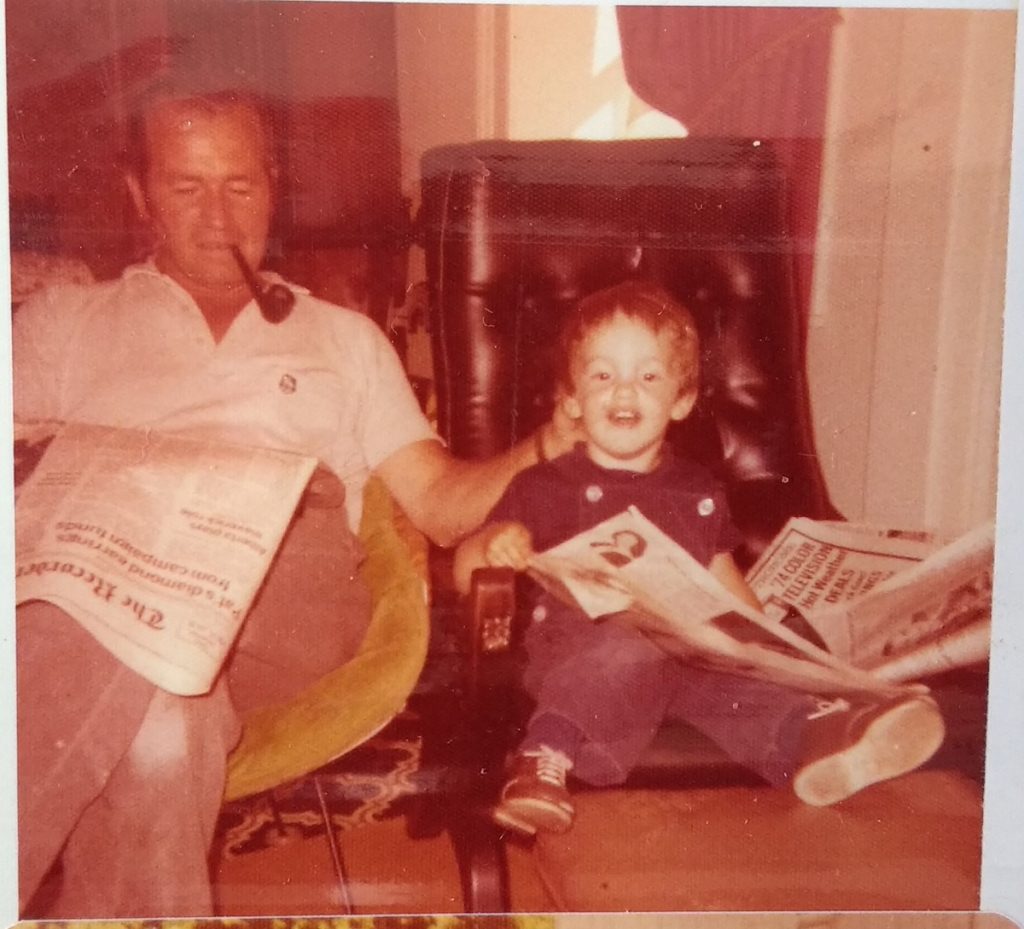
My mother likes to say I was the youngest member of the Prescott Public Library. Each time she tells the story it becomes a little more triumphant and a little less believable. First I was 5 years old, then 4, and in the most recent version, I was 2.
I’m pretty sure the truth of the matter is that I was given my own library card a couple years ahead of the minimum age. They made an exception for me because I was borrowing so many books on my mother’s card.
Like many families, the public library met most of our reading needs, but we also had a bookcase in the upstairs hallway of our home with faded hardcover copies of Ivanhoe by Walter Scott, Little Women by Louisa May Alcott, Charlotte’s Webb by E.B. White, and several books by Roald Dahl, Beatrix Potter, and Jules Verne, all of which I read somewhere around the 4th grade.
I inherited a hardcover set of the early Hardy Boys books, the ones with the blue spine, from my Montreal cousins. I enjoyed the adventures but found the details of life in 1950s America, and American schools, distinctly odd, with their freshmen and sophomores and varsity this and that. We didn’t have such things in small town Ontario. Frank and Joe’s conspicuous wholesomeness also struck me as silly even at that young age.
You might be wondering why I’m rambling on about these things.
This blog was sparked by a brief exchange on an episode of the Backlisted podcast. The host remarked that British children’s books and American children’s books don’t seem to make their respective ways across the Atlantic, perhaps because they don’t translate into one another’s cultures.
It hadn’t occurred to me before, but I probably read more British than American or Canadian books as a child. For some reason, the public library in my small hometown just seemed to have more of them.
The Famous Five books by Enid Blyton were my first great love. I tore through everything our public library could offer. Several of the paperbacks I read are still there. I found them in 2012 on a visit home, with my old library card number — ‘4026’ — still stamped in the back.
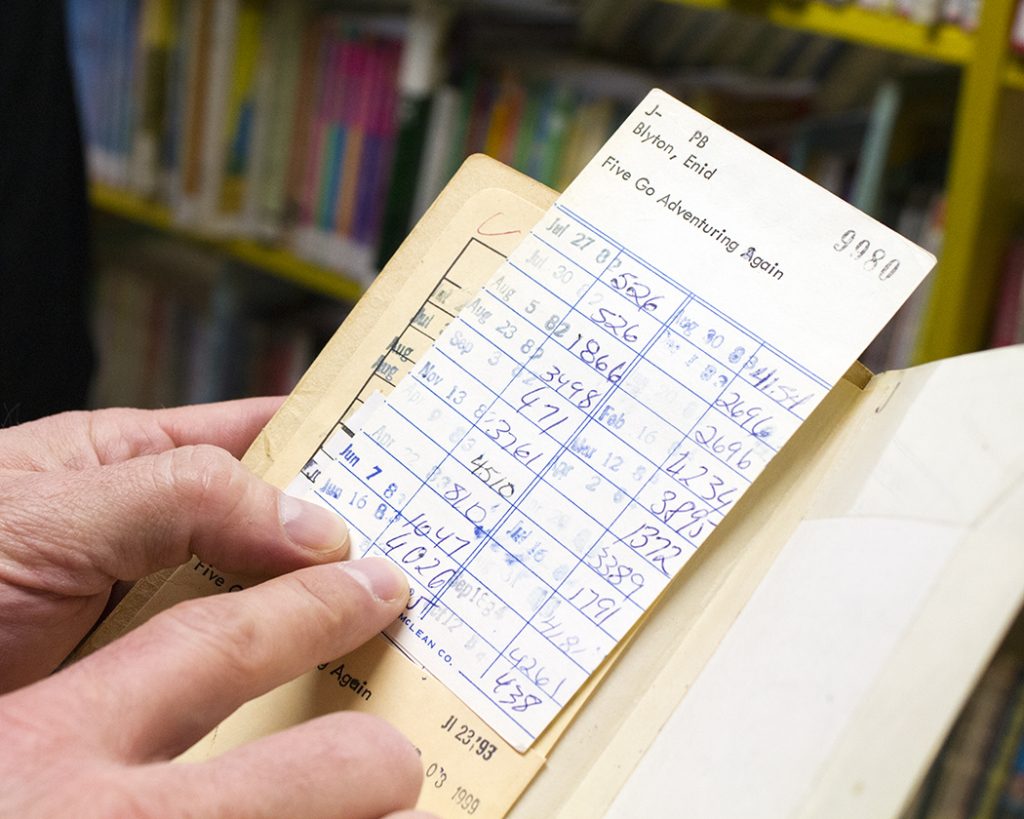
Tintin was another early preference. My favourites were Land of Black Gold, Red Rackham’s Treasure, Explorers On The Moon, and The Crab With The Golden Claw, which had a camel on the cover.
There was something appealing about the swearing Captain Haddock — “A thousand blue blistering barnacles!” — despite his inept blundering. But most of all, I loved the adventure, the strange landscapes and peoples, and the time period it seemed to be depicting.
I don’t know for a fact that it was the 1930s, but the 1930s and 1940s would become my favourite period for fiction and history as an adult.
I also read the Asterix books when our library had them, but I was never much for comic books, and I never got into superheroes at all. My brief comic book buying phase was confined to Sgt. Rock, the occasional Star Wars comic, and any comic I could find at Jim’s Smoke Shop on World War Two, like Fightin’ Army, Fightin’ Marines or Unknown Soldier.
Sometime around my Famous Five stage, I read a book called The Machine Gunners by Robert Westall. I was home sick from school for a week with one of those seemingly endless childhood viruses that meant oddly disconnected days in the spare bedroom at the back of the house, reading or watching the shapes on the ceiling stipple morph in the afternoon light.
Our school librarian, and later my Grade 8 teacher, Mrs. Adamson sent The Machine Gunners home for me with my sister. Mrs. A had grown up in what was then British Guyana, and she had a book lover’s instinct for knowing exactly which story or writer would appeal to a reader like me. I still remember that book, so many decades later.
A chance inclusion of The Hound of the Baskervilles in the monthly Scholastic Book Club catalog led me to Sherlock Holmes around the 5th or 6th grade. I went on to read all the stories and novels within the year.
Who’d have guessed that years later I would stumble across the real Baskerville Hall while wandering Wales with a former drug squad detective who was hunting for the origins of King Arthur?
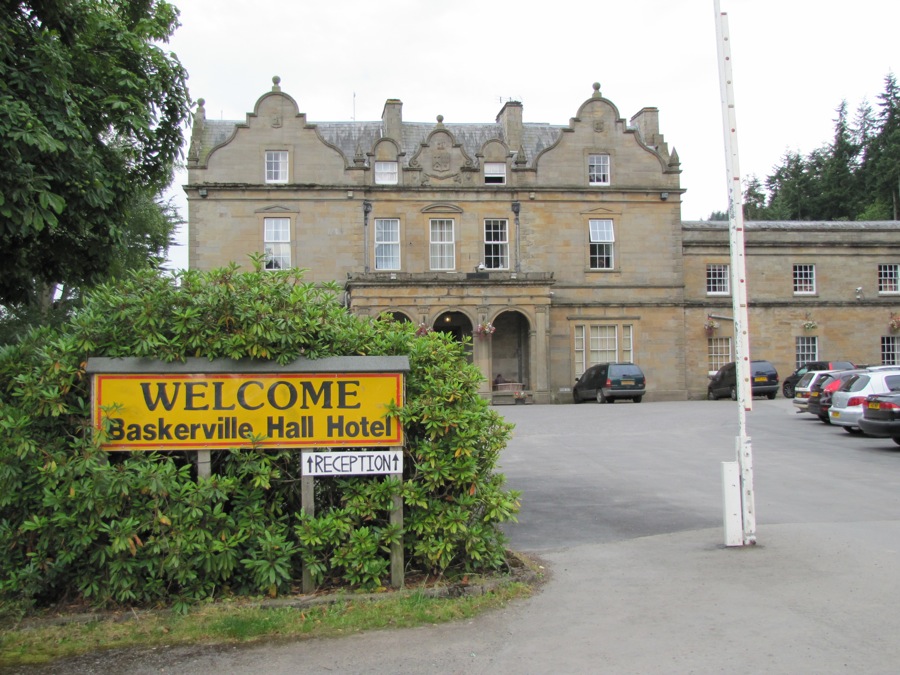
Holmes was followed by other classic mysteries: Agatha Christie, John D. MacDonald’s Travis McGee novels, and Chandler’s Philip Marlowe stories.
At around that same time, I was repeatedly signing out Army Uniforms of World War 2 by Andrew Mollo and Malcom McGregor, a book I would continue to borrow from time to time well into high school.
I don’t know what sparked my obsession with the Second World War, though I wonder sometimes if Star Wars wasn’t to blame? The original film left a profound impression on five year old me. Those uniforms, alien cultures and strange landscapes still haunt my imagination, and they may have planted the seed for my desert travels.
My cub scout master told me years later that he thought for sure I would have pursued a career in the military, but I am entirely unsuited to such things because I hate getting up early and, more than anything, I hate being told what to do.
No, there was something about the uniforms themselves and the stories they suggested — of different theatres of war, from the sands of North Africa to the Alps and Burmese jungle — that resonated with me on a deep tuning-fork level.
Those are some of the earliest books I remember reading in childhood, most of them many times.
My middle years followed a similar adventure-filled trajectory.
I discovered the great science fiction writers in 8th or 9th grade: Isaac Asimov’s Foundation trilogy, The Hitchhiker’s Guide to the Galaxy, the Dorsai cycle by Gordon R. Dickson, and Philip Jose Farmer’s Riverworld series, as well as selected fantasy writing, chiefly The Hobbit and The Lord of the Rings, Richard Adams’s Shardik and Maia, and C.S. Lewis’s Narnia books. Science fiction novels have remained my guilty pleasure ever since.
Ian Fleming’s James Bond novels (and the first six or seven follow ups by John Gardner) formed another important early adolescent influence. I patiently collected them one by one from local used bookshops, and by 8th grade, I had a complete set of the 1960s Pan paperback editions with that wonderful cover art by Raymond Hawkey.
Aristotle — the Greek philosopher, not Gordon Aristotle from elementary school — once said, “Give me a child until he is 7 and I will show you the man.”
Does childhood reading predict the obsessions that follow us through life? I don’t know. But I can see a pattern of interest in adventures, distant landscapes and strange cultures going as far back as my earliest memories, and my earliest reading.
And what of my later teenage years?
I tore through the work of Stephen King, alongside obscure martial arts books that I devoured in my efforts to get better at the discipline that had begun to occupy my every waking hour, and that would remain my obsession from age 15 until my early 30s.
The public library was just a block away from our house — I could see it from my childhood bedroom — and so it also served as a bit of a refuge from the growing tyranny of my mother’s foul moods during my final couple years of high school.
I passed entire Saturday afternoons in the padded chairs of the adult section leafing through travel magazines and books about other countries, taking exotic journeys that occurred solely in my imagination. The larger world seemed a long way away from my insular small town life. It would be many years before I could conceive of going there for real.
And then I moved to Ottawa and university, which opened new doors and new reading adventures. But that’s another story, and we don’t have time for it here.
I was just musing out loud about my early life as a reader. I hope it brought back some memories for you, too.
What books did you love as a child? Please share your favourites with me in the comments below, I’d love to hear about them.
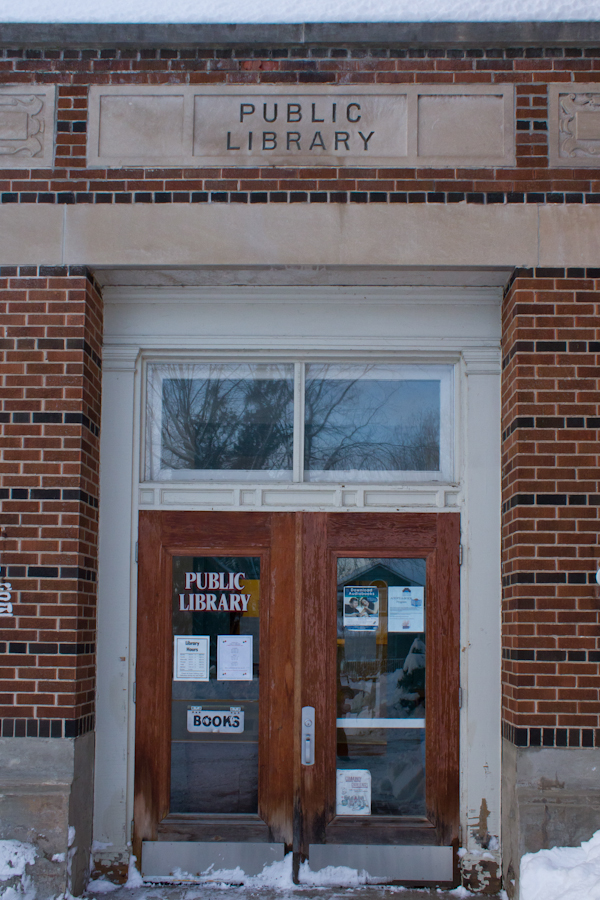

I can’t say that I remember all the books that I read as a child, but some have stayed with me. One of my favourite series was Swallows & Amazons, but strangely I never read the final book in the series. I really lied Sue Townsend’s Adrian Mole books and read all of the Secret Seven and Famous Five books. I got into sci-fi and ended up reading lots of Asimov, Clarke, Bear and even some L Ron Hubbard. I liked the Astrix books too, very funny with a large dollop of history.
It’s strange that Swallows & Amazons never made it to small town Ontario. I only heard about it a couple years ago on the Backlisted podcast. It sounds like something I would have really liked.